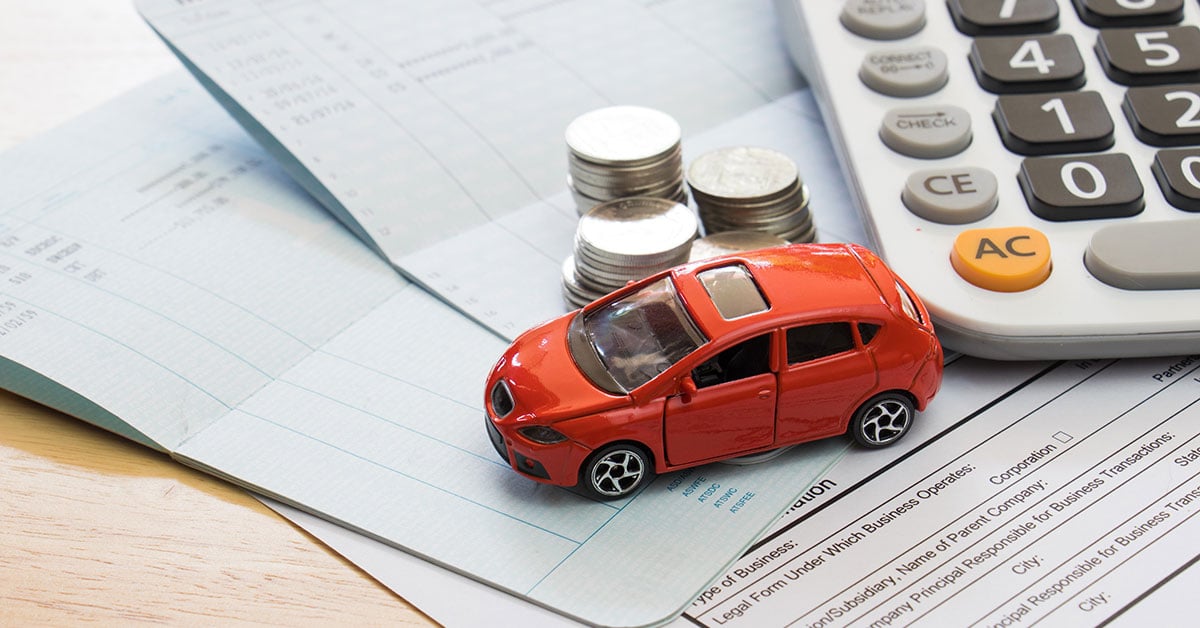Know everything about urine incontinence
It is the involuntary leakage of urine, which means a person urinates when they do not want to. It’s a common problem that affects many people and it is more common among women than men. There are several urinary incontinence supplies that a person must be aware of. However, in this article, you will learn about urinary incontinence.
What is urinary incontinence?
Urinary Incontinence occurs when a person is unable to prevent urine from leaking out. This may be due to stress factors such as coughing, it can happen during and after pregnancy and it’s more common with conditions such as obesity. Chances of happening urinary incontinence increase by age.
Causes of Urinary Incontinence
There are several causes of urinary incontinence, example includes:
- Cancer
- Enlarged prostate
- Weakened bladder muscles, resulting from aging
- Constipation
- Urinary tract infections
- Kidney, prostatitis
- Interstitial cystitis or a chronic condition that causes inflammation of your bladder.
Some of them are simply treatable and cause temporary urinary issues, others are a lot f serious and persistent.
Types of Urinary Incontinence
The types of urinary incontinence are :
- Stress Incontinence:
While coughing, laughing, or doing some activity such as running or jumping, leaks urine out.
- Urge Incontinence:
There is an abrupt and intense urge to urinate and body waste leaks at the same time or just after.
- Overflow Incontinence:
Inability to empty the bladder can result in leaking.
- Total Incontinence:
The bladder is unable to store urine.
- Functional Incontinence:
An individual cannot reach the toilet in time, probably because of a mobility issue.
- Mixed Incontinence:
A combination of all types.
Risk Factors
Here are some factors which increase the risk of developing urinary incontinence:
- Gender:
As mentioned above women have a higher risk of developing urinary incontinence than men. Menopause, childbirth, pregnancy, and normal female autonomy account for this difference.
- Age:
The muscles in your bladder and urethra lose some of their strength, as you get older. Changes with age cut back what amount your bladder will hold and increase the possibilities of involuntary body waste unleash.
- Being overweight:
Weight generally increases pressure on several muscles and bladder which affects and weakens them. It results in urine leakage when you cough or sneeze.
- Smoking:
Smoking increases the risk of developing urinary incontinence.
- Family history:
Your risk of developing the condition is higher if a close family member has urinary incontinence especially urge incontinence.
- Other diseases:
Diabetes can increase your risk of incontinence.
Treatment
There are various products and devices that collect and hold urine, they help manage urinary retention and urinary incontinence. Products and devices will help women and men of all ages. They are only the way to manage bladder problems, for some people. It can also give older and disabled persons more freedom.
Complications
- Skin problem:
Sores, skin infections, and rashes can develop from constantly wet skin.
- Urinary tract infections:
The risk of repeated urinary tract infections increases by incontinence.
- Impacts on your personal life:
It will affect your social, work, and personal relationship.
Prevention
- Maintain a healthy weight.
- Practice pelvic floor exercise.
- Avoid bladder irritants like caffeine, alcohol, and acidic food.
- Consume a lot of fiber, which may stop constipation.
- Do not smoke or seek the facilitation to quit smoking.







